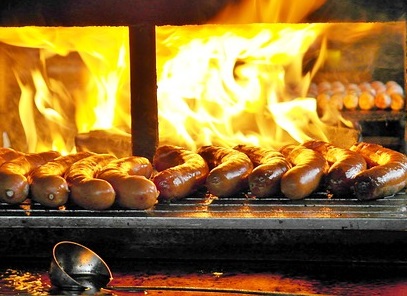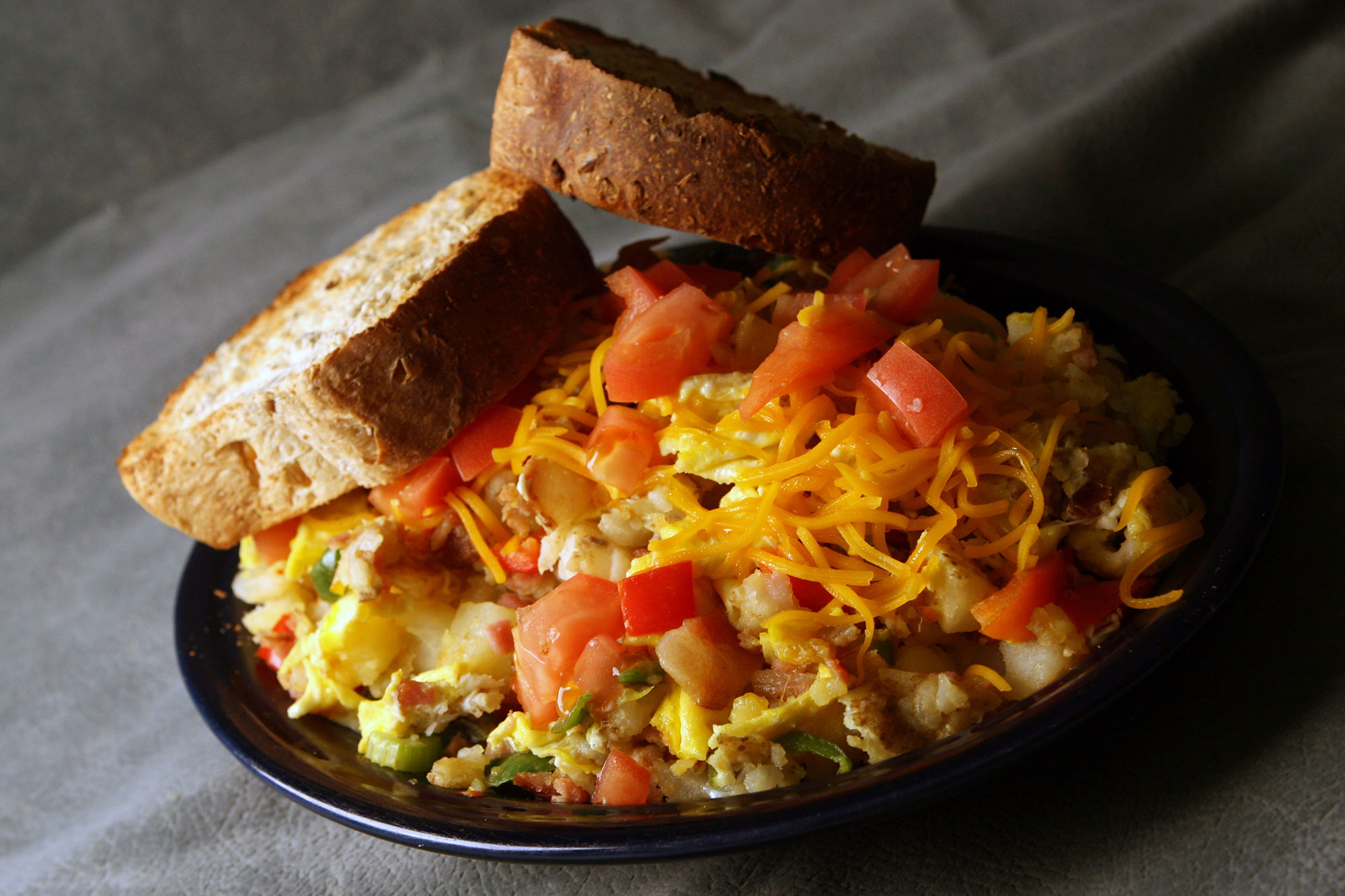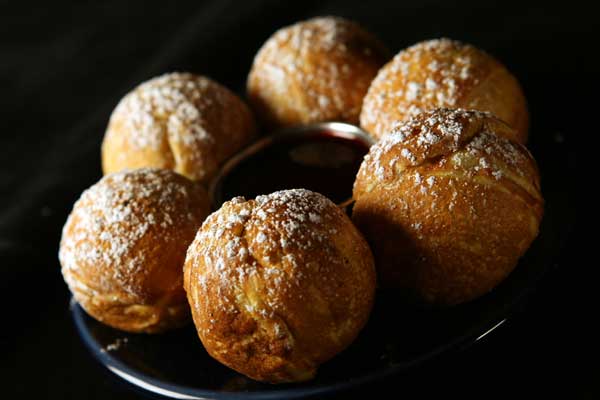History of Early Modern European Cuisine
Early modern European cuisine is some of the most diffuse and popular types of foods worldwide. While influenced by other cultures, it has spread throughout the globe and affected the tastes and food choices of many, many others.
American cuisine, of course, is shot through with European cuisine from the early modern period or at least is heavily influenced by it. That’s one of the things that has kept people coming back to the Old European Restaurant; our European cuisine menu has a number of tastes and flavors that – while seemingly exotic – are also wholly familiar.
How was early modern European cuisine such an influence? Let’s take a look…
European Cuisine Changed Drastically Thanks To Sugar, Spices And The Middle Class
One of the biggest changes to European cuisine that really hit home in the early modern period? Spices and, also, sugar. The average palette changed a great deal in that era.
Prior to the Medieval and Renaissance period, European cuisine was divided into mostly two categories: peasant food and cuisine for the nobility. Peasant food was likely not something to write home about. Pottage, basically a stew of whatever vegetables one could get and a little meat, was the most common dish. You’d have a bit of that, a bit of bread and some small beer to wash it down. Nobles, however, had roast meats and game, savory meat pies, scrumptious desserts, and delicious wines and ales.
What happened?

As global trade increased over the centuries, spices such as black pepper, cinnamon and so on entered the various marketplaces. During the Crusades, sugar began to trickle in as did those two wonderful substances from Africa without which we just could not even: coffee and chocolate.
You know what else changed? People started leaving the farms and taking up trades in the cities and larger townships. They became tradesmen, entrepreneurs; a middle class emerged. They could afford better foods than their land-working forebears and consequently could afford to have a sweet tooth. They could afford spiced meats instead of a rabbit they luckily bagged at the edge of the field.
More people, therefore, became accustomed to sugar and spices because they were available and more people had more money.
Though more money usually does mean more problems.
New Fruits, Vegetables, And Grains Became European Food
During the early modern period, European food began to feature a number of new fruits, vegetables and grains.
Tubers, especially the potato, began to occupy a much greater space in the diet and with good reason. It’s a cheap way to get calories, they grow rather easily and are quite savory if prepared well. French fries, stews, chowders and many other dishes are popular today that are inseparable from this vegetable.

Chili peppers became likewise ensconced as a popular food. You can’t think of Basque country today without thinking of strings of dried peppers, as did tomatoes. Central European cuisine such as paprikash and Hungarian goulash is inseparable from those countries’ identities, yet the central flavors are from ingredients that aren’t from Europe.
Rice became a staple as well, as did corn (aka maize) across many European countries. Polenta, Italy’s answer to grits, is made of a vegetable only found in the Americas.
As Europeans Traveled, So Did Early Modern European Cuisine
At the beginning of the early modern era, Europeans were a global people, ranging all across the globe. Early modern European cuisine, of course, went with them, becoming popular tastes in their new homelands, curiosities for the native peoples, and of course a wonderful reminder of home.
That’s why you can find English or Irish pubs across the world serving fish and chips. In almost any major city in many countries, you can find a restaurant that serves things like cinnamon rolls and other sweet treats.
According to a number of different studies, the most popular food worldwide is actually pizza.
 You can easily find influences of European cuisine elsewhere. Spanish influences are found commonly in Filipino cuisine of today. The Banh mi sandwich, wildly popular in Vietnam, is made with a baguette. However, the opposite is also true; one of the most popular foods in England, of course, is curry!
You can easily find influences of European cuisine elsewhere. Spanish influences are found commonly in Filipino cuisine of today. The Banh mi sandwich, wildly popular in Vietnam, is made with a baguette. However, the opposite is also true; one of the most popular foods in England, of course, is curry!
Early modern European cuisine, of course, has endured because it is nutritious if consumed smartly and, of course, delicious! That has kept people coming back to the Old European in Post Falls for years, and will be doing so for many more.


